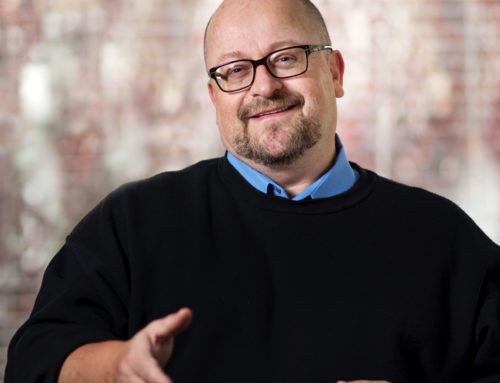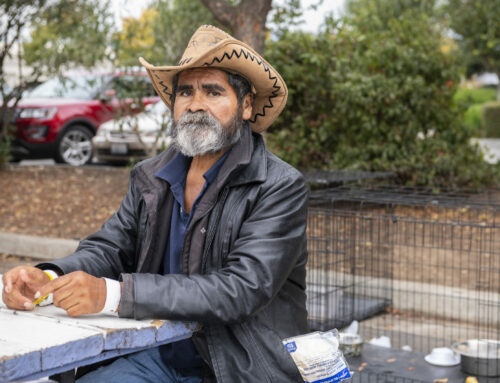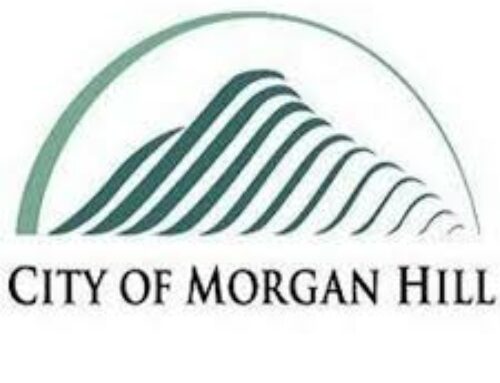Published in the May 24 – June 6, 2017 issue of Morgan Hill Life
By Marty Cheek

Marty Cheek

Leadership Gilroy Class of 2017 at State Capitol.
A political science teacher during my college years once described how a state or federal capitol building serves as a kind of factory site. The elected officials are the “hired help” responsible to serve their bosses and customers — also known as the citizens. These workers clock in for their governing job and work with staff and lobbyists to craft new laws that, hopefully, will make the world a better place.
This year, I’m a proud member of the Leadership Gilroy class of 2017. May 9 we boarded a bus to take a day-trip to Sacramento to visit the California State Capitol. Many of our class members had never set foot in the Neoclassical structure built between 1861 and 1874. The architecture is based on the U.S. Capitol Building in Washington, D.C., with fluted Corinthian columns lining the portico and a dome 210 feet high supporting a lantern with a smaller dome. The park grounds leading up to the magnificent building’s front steps provided a place for a photo ops.
We passed through security in a side entrance and wandered the marbled halls of the addition built behind the original State Capitol building. The sterile modern architecture is far less exciting than what the Victorians built to showcase the bicameral legislators’ place of business. Each county in California has a display built into the walls, allowing citizens to proudly showcase the unique elements of their regions of the Golden State. Some county’s took the task of branding themselves quite seriously and provided displays that were colorful and detailed. I and several other Leadership Gilroy class members felt a bit disappointed at the lackluster quality of our own Santa Clara County’s display. We’re known as Silicon Valley, the high-tech center of the world. But our own county was represented by a series of boring postcard-style photographs failing to convey any excitement for the innovation coming from our region, not to mention our most famous association with garlic. I mentally made a note to discuss with Supervisor Mike Wasserman an idea for a display design contest to vastly improve our county’s image in these Sacramento halls.
Our class members soon stepped into the second-floor balcony of the rotunda. All eyes gazed up at the interior dome hanging like a celestial orb over our heads. Smart phones whipped out and we took the opportunity to photograph the Victorian detail and Classical Renaissance elements of the dome rising 100 feet above. I imagined the Italian architect Filippo Brunelleschi whose genius mind conceived the idea of employing mathematical perspective to establish new rules of proportion and symmetry for the cathedral in Florence, Italy. His innovation of a dome-within-in-dome no doubt must have been used in building California’s State Capitol dome, a nice nod to the ideas of the Renaissance built into this law-making factory.
Our class enjoyed stepping into Bill Monning’s office and having a half-hour chat with the state senator about the issues of the day and what life was like in the heart of California’s government structure. Like much of the State Capitol, his office has a Victorian style of interior decorating, helping visitors step back into an age far from smartphones and other high-tech gadgets. Monning not only represents the 17th Senate District, which includes the South Valley region, but also serves in the prominent position of the Senate Majority Leader. I felt a bit embarrassed when Monning invited me to sit in the chair behind his immense desk. More phones came out to snap photos of me in “the seat of power,” as I jokingly called it.
In the afternoon, our class stepped through immense doors into the Assembly Chambers and we passed into this portion of California’s law-making factory. We were greeted by Assembly Member Anna Caballero, who represents District 30, which includes the South Valley. She invited us to pick one of the seats where during work hours sat the 80 legislators. The ancient desks are fitted with modern laptops and buttons labeled “yes” and “no” for votes. I chose a desk and imagined myself facing politicians in the process of debating and deal-making as we decided what bills might become laws.
Beyond the pomp and the pageantry of the architecture of the State Capitol, I was impressed most by the never-ending stream of elementary school children snaking through the halls and sitting in the galleries of both the Senate and the Assembly Chambers. Tour guides lectured them on legislation. The young people all received a good introduction to California’s democratic process of governance. And who knows? Maybe that visit might plant the seed of an idea in some young boy or girl’s mind that he or she could one day work in this factory. They’d have a career manufacturing new laws that, hopefully, will make the world a better place.






